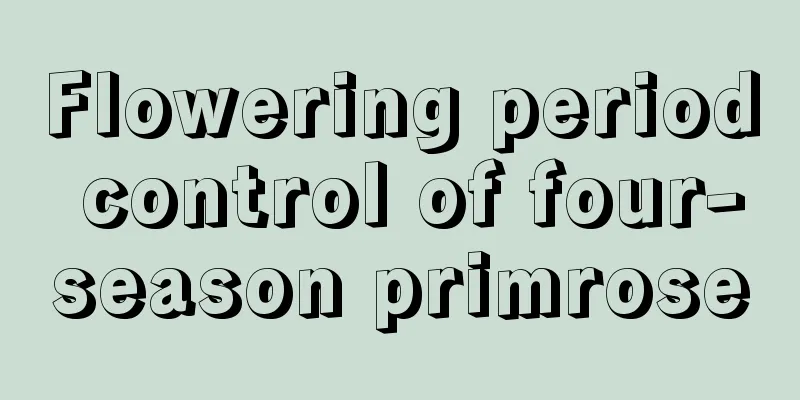When is the best season to plant tulips?

|
Tulip is a famous ornamental flower with rich colors, elegant flower shapes and unique plants. It has always enjoyed the reputation of "Queen of Flowers in the World" and is loved by many flower lovers in the market. So when is the best season to plant tulips? Let’s learn more about it below. When is the best season to plant tulips? The best season to plant tulips is in autumn, which is roughly from September to November each year. During this period, the climate is cool and the light is not too strong, so the survival rate of planting is very high. How to plant tulips? 1. Soil selection Planting tulips requires well-drained sandy soil with a pH of 6.6-7. Deep plowing and land preparation are required. Decomposed cow dung and leaf mold are used as base fertilizers, and a small amount of phosphorus and potassium fertilizers are applied. Planting is done in ridges with a planting depth of 10-12 cm. 2. Bulb processing When planting tulips, you need to choose bulbs that are full, large in size, and free of insect bites and mold spots. Before planting, the bulbs need to be treated with low temperatures. Tulip bulbs can be refrigerated at 4-9°C in the refrigerator and taken out for planting after two months. 3. Planting points Before planting, peel off the seed coat to expose the bud point of the bulb. Then place it on the soil surface with the bud point facing up, and cover it with about 5 cm deep fine soil, or bury it directly deep in the soil, and then water it thoroughly. After a while, small sprouts will grow out, but be careful not to water too much. 4. Daily management Generally, tulips should be watered thoroughly immediately after planting , and the soil should be kept moist until the tulips germinate. After the tulips sprout out of the soil, apply a thin liquid fertilizer once every 10 days or so, and apply phosphorus and potassium fertilizer once more from bud formation to flowering. Always keep the soil in the pot moist and place it in a sunny place. 5. Pest and disease control The stems and leaves of tulips are easily infected by pathogens during the growing season. Generally, they should be sprayed with 800 times diluted carbendazim regularly and 600 times diluted thiophanate-methyl alternately, which has a very good effect. During the bud stage, noctuids will feed on the flower buds. Do not apply pesticides at this time and it is better to capture them manually. If mites occur, use 1500 times diluted cypermethrin for control. In general, tulips are usually planted using the bulb propagation method. After the bulbs are processed, they are then inserted into the soil with the buds facing upwards, and covered with soil and watered. Basically, the planting work is completed. Of course, the focus should also be on doing a good job in daily management in the later stage.
|
<<: How to make the leaves of Clivia grow evenly? What to do if the leaves are uneven
>>: How to make mint take root, how to grow it after it takes root in hydroponics
Recommend
When does the hosta flower bloom?
1. Flowering period Hosta is a perennial flower o...
Can the large-leafed green radish be cultivated hydroponically?
1. Hydroponics Large-leafed green radish can be g...
The correct way to eat yacon
What is Yacon and when to eat it In fact, yacon i...
The flower language and symbolic meaning of Cymbidium
The Flower Language of Cymbidium The most common ...
Roses and jasmine, learn to prune them so they can grow better
Rose pruning There are three main time points for...
How to prune the bay laurel
Monthly laurel pruning time The best time to do h...
Can pandanus fruit be eaten? How to peel the fruit?
1. Can I eat it? The fruit of the pandanus tree i...
How to solve the problem of Schefflera falling leaves
1. Inappropriate light exposure Reason: Inadequat...
How to plant grape seeds
Grape Seed Introduction Grape seeds are easy to o...
What are the effects and functions of aloe vera gel? Can aloe vera gel be used every day?
1. Efficacy and Function 1. Beauty and skin care:...
How to care for hydroponic spring rain plants
Spring Rain Hydroponics Method 1. Remove the soil...
How to make a bonsai of cherry blossoms
Cherry Blossom Bonsai Material Selection Cherry t...
How to water Dieffenbachia
Watering tips for Dieffenbachia Variegated Dieffe...
How to grow Phalaenopsis at home?
Phalaenopsis is a very popular flower . It has be...
When is the best time to prune sour jujube?
The effect of pruning jujube When the jujube seed...









